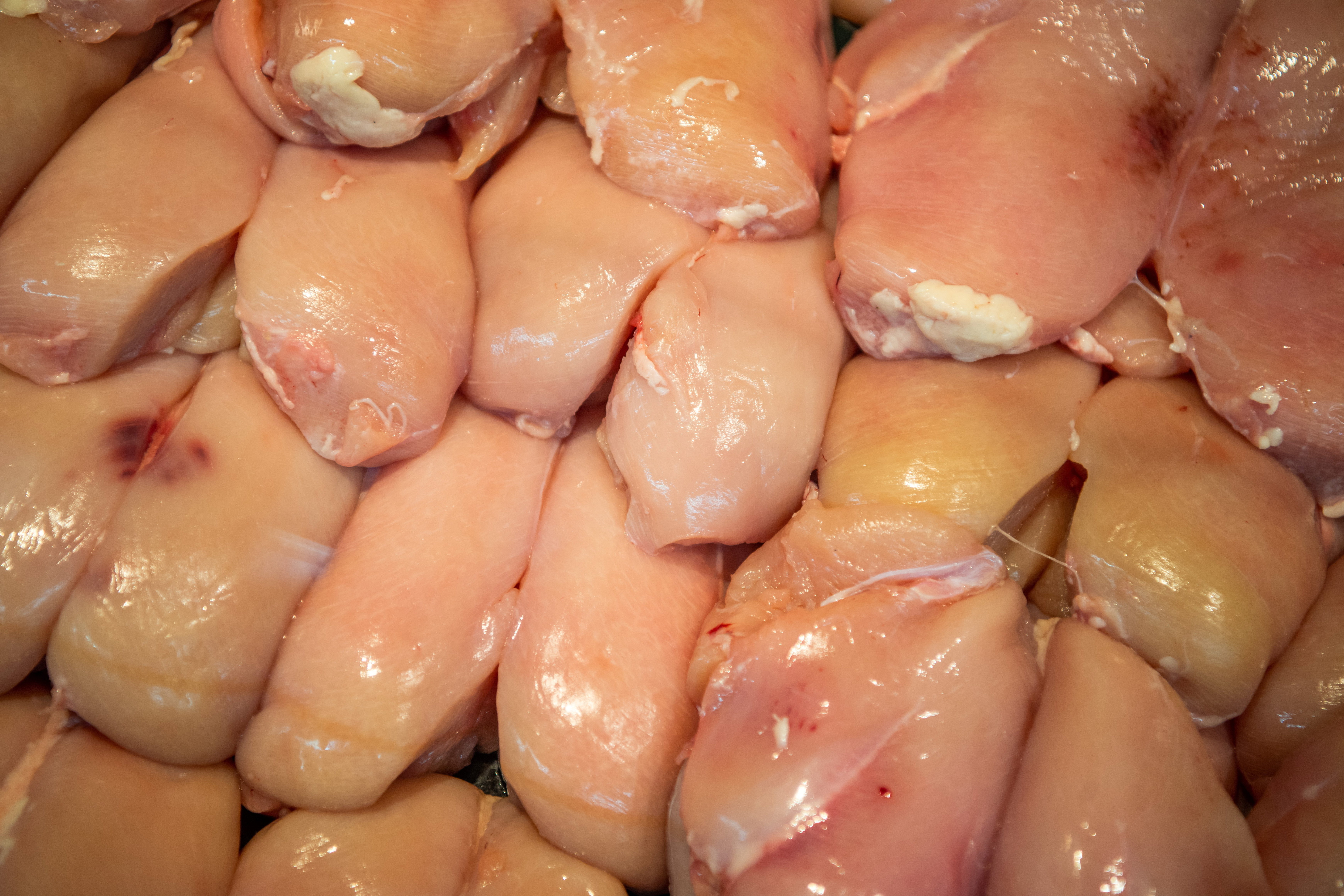
The Finance Ministry said expenditures on home subsidies and on pensions were higher in January-March (before the elections) than in the same period last year.Continue reading

Although the government imposed a price freeze on several food items on February 1, prices for other products rose at a record pace and level by March this year. This is not something surprising, as inflation has also risen to a fifteen-year high. Tomato and pastry flour prices have, for example, risen by more than 40% in a year, but the price of bread and chicken thighs have also increased by a third, economic site Portfolio reports.
This article was originally published on our sister-site, Ungarn Heute.
The inflation rate in Hungary rose to 8.5% in March, reaching the highest level since the summer of 2007, but the increase still fell short of expectations, as analysts had previously expected an inflation rate of 8.6-8.7%. Food prices also did not escape the price increase.
Economic portal portfolio.hu points out that there are clear signs of an upward trend in the prices of durable goods and clothing, which are not affected by the price freeze.
However, the Central Statistical Office (KSH) measured the strongest price increase for food.
Portfolio examined KSH’s inflation basket of nearly 200 products to determine which goods and services have undergone the largest price increases. Year-over-year, they found a number of above-average price increases. This time, they set the threshold at the 20% psychological threshold, finding some 27 products.
Taking a look on the 10% threshold, more than half of the total inflation basket is already affected. Of the nearly 180 products, less than 10 have fallen in price in the last year.”
The website concluded that this week’s food price freeze solved only a small part of the problem. For the other products, the increase was significant.
This can be seen, for example, in the fact that the price of chicken breast was frozen, while the prices of chicken thighs and wings increased far above average. However, the same goes for dairy products: although the government has fixed the retail price of milk, the cost of raw materials has not been reduced, which is reflected in the increase in the price of margarine or cheese.”
The measure expires at the end of April for food and in mid-May for fuel, the latter being of particular interest in terms of inflation, as fuel accounts for a much larger share of the basket.
At his international press conference last week, Prime Minister Viktor Orbán said that they wanted to maintain price freezes and therefore they have already contacted the market participants. There is now a possibility that the measures will remain in place and will only be gradually dismantled.
featured image illustration via Zoltán Balogh/MTI